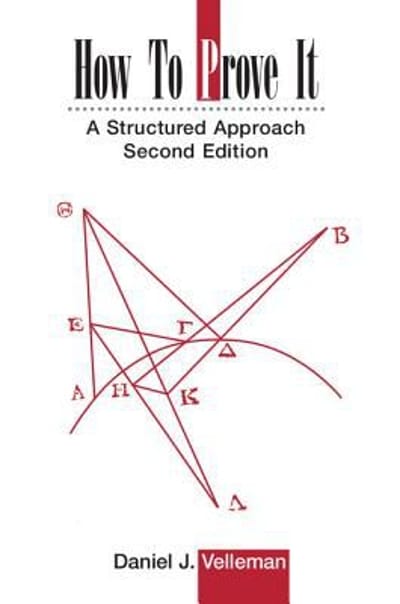Question
Snorkeran Realty's Data Science group has a new idea. They want to target homeowners with a treat prior to reaching out with an email campaign.
Snorkeran Realty's Data Science group has a new idea. They want to target homeowners with a "treat" prior to reaching out with an email campaign. Specifically, they will send selected homeowners a "handwritten" note (written by a robot) and a gift card to a local coffee shop. The idea is that this will increase the chance of the homeowner engaging with the company, and eventually increase the company's home sales--but that some homeowners will be influenced by the treat and some will not.
They've already run a randomized trial experiment (treats plus emails), and have recorded the engagement rates for the treated and untreated homeowners. Now they want us to help them decide which new homeowners to target with the treat.
Use the expected value framework to decompose the problem such that we can solve it with machine learning methods. You can assume that they have lots of data on the homeowners. You can assume that we can estimate the value of engagement reasonably well. You can assume that the homeowner holds no value without engagement.
A) What is the expected value framework formulation of the problem? Specifically, give a formula for the value of treating versus not treating, decomposing the problem into probabilities and values.
B) Explain each element (probability or value) in the formula. Practically, where would each of these elements come from? (Explain for each)
C) Explain how we then would use this decomposition to decide which homeowners to target with the treat.
D) How does machine learning factor in to the solution?
Step by Step Solution
There are 3 Steps involved in it
Step: 1

Get Instant Access to Expert-Tailored Solutions
See step-by-step solutions with expert insights and AI powered tools for academic success
Step: 2

Step: 3

Ace Your Homework with AI
Get the answers you need in no time with our AI-driven, step-by-step assistance
Get Started


